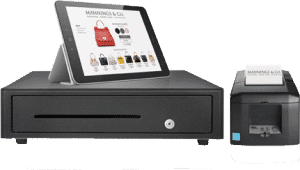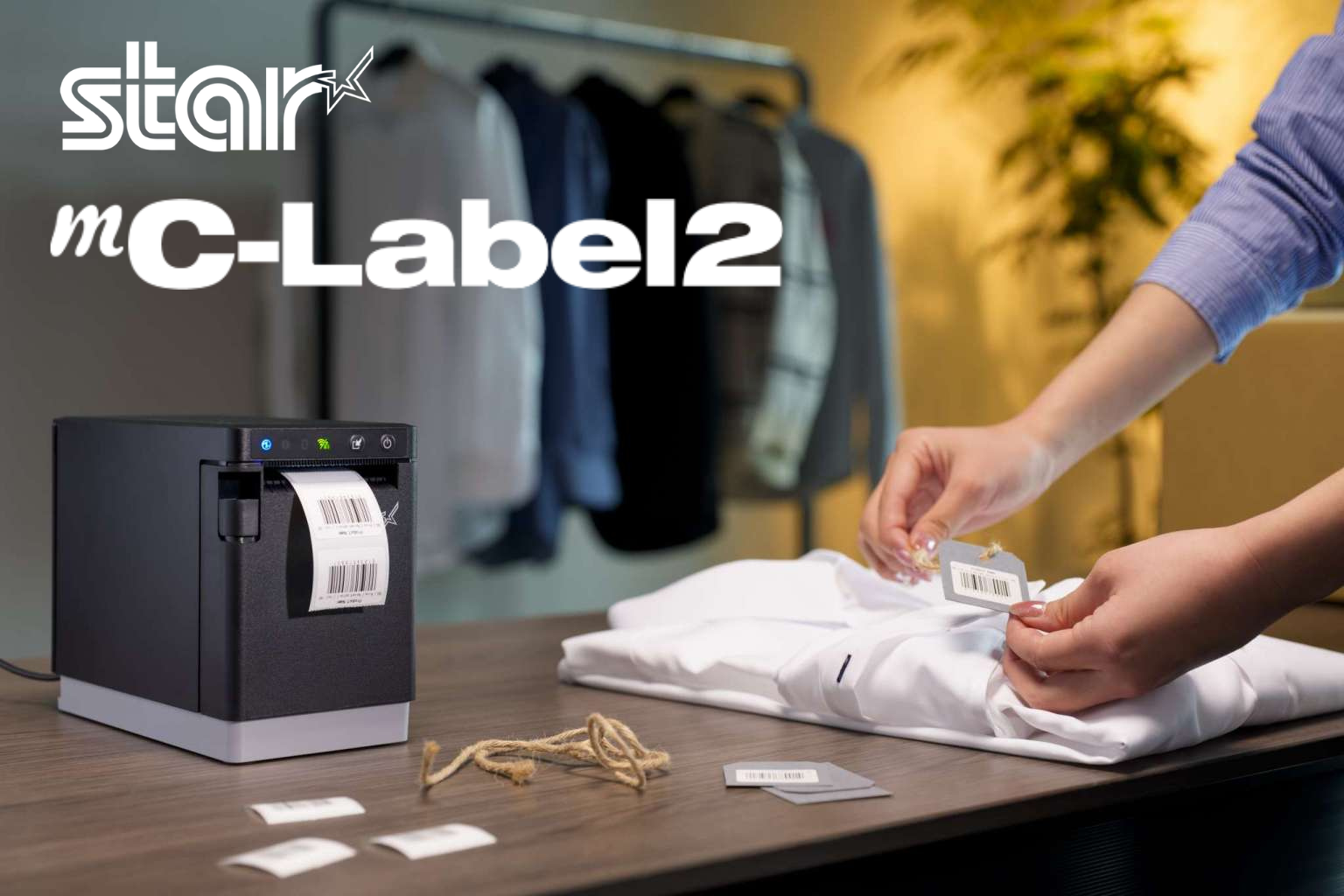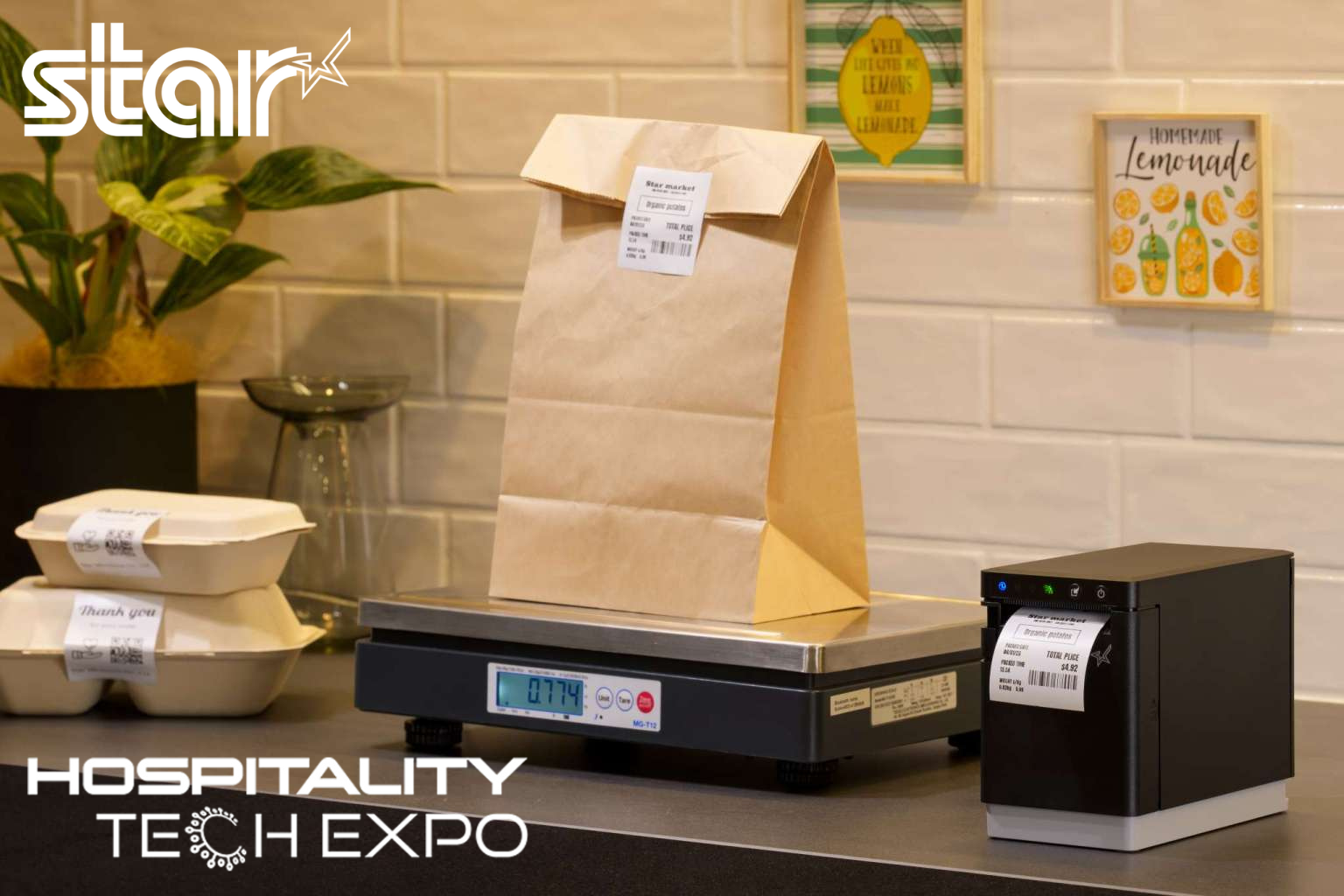Whether you are a high street retailer, a pop up store or a restaurant, tablet POS has significant advantages for your business. Reduced investment costs, easy setup and flexibility to immediately react to market changes, not to mention greater efficiencies, are just a few of the undisputed benefits. Coupled with reliable, stylish hardware you have an mPOS solution that is not only low cost but offers a wide range of features to enhance your business including improved flexibility to process transactions at various locations across the store. 
Larger players across retail and hospitality have typically shied away from tablet POS for a number of reasons. One of these is connectivity. More traditional cabled POS terminals have been the preferred option resulting in more expensive installations. This situation is further compounded by the fact that tablet POS receipt printers need network connections and cabling for reliable printer connection and tablet charging when cable-free communication is not considered suitable.
Bluetooth connectivity may be slow and WiFi has to take into account possible obstacles. This becomes even more complicated  for hospitality with orders taken at the table going directly to the bar and the kitchen. Faced with these challenges, multisite operators have been reticent to take advantage of the flexibility and cost-savings associated with tablet POS. Each venue has to be tailored according to the location, type of venue and volume of transactions. Managing an estate of multiple tablets and paired Bluetooth devices means that it can be operationally difficult to maintain the right connection between the right peripherals and devices.
for hospitality with orders taken at the table going directly to the bar and the kitchen. Faced with these challenges, multisite operators have been reticent to take advantage of the flexibility and cost-savings associated with tablet POS. Each venue has to be tailored according to the location, type of venue and volume of transactions. Managing an estate of multiple tablets and paired Bluetooth devices means that it can be operationally difficult to maintain the right connection between the right peripherals and devices.
With software now in the Cloud, direct connectivity with a tablet enabled by Star Micronics has solved these problems to provide a secure reliable connection without the need for a cumbersome POS terminal. Sleek and stylish tablet POS with a reliable connection is now available to retailers of all sizes.
Direct USB Connection to Apple Devices
Star’s first game changers are the new mC-Print Series and TSP143IIIU printers with a unique key feature – these USB printers can communicate and charge simultaneously and directly via cable with an iPad, iPod or iPhone. As well as working with a traditional POS terminal as a standard USB printer for Windows, Android, Linux and MAC, the mC-Print Series and Star TSP143IIIU USB printers can connect directly to an iPad or iPhone using the Apple-supplied Lightning cable for reliable USB communication as opposed to previous iOS wireless only technologies. As a result, the usual Bluetooth or WiFi / wired LAN setup issues around pairing, network infrastructure, connectivity, etc., are eliminated from a hardware perspective. No other stand-alone POS printers can achieve this today.
Simplicity itself, the iPad / iPhone can talk directly to the printer just as a USB printer talks to a traditional terminal, providing retailers with the reliability required in high volume transactions or environments where wireless communication is difficult. These unique printers will now allow multisite operators to make blanket decisions across their estates by successfully combining the flexibility of tablet POS with the reliability of cabled POS terminals.
For retailers choosing to use the TSP143IIIU as a standard USB printer for traditional POS, savings in terms of installation costs can be made when faced with having to install a large number of printers across a store. The free-of-charge value added futurePRNT™ software, available across the entire TSP100 series, enables users to install high volume, custom setups without even taking the printer out of its box. All settings are stored on the PC removing the need to pre-configure the printer itself while providing time and maintenance savings, ideal for large-scale installations. Additional futurePRNT tools include instant coupon as well as receipt re-design tools. ECO features are also included with both horizontal and vertical text reduction, allowing retailers to benefit from paper saving features as well as a print on demand function.
Ideal for both traditional and tablet POS, the new super-compact 58mm and 80mm mC-Print2 and mc-Print3 front-feed receipt printers offer high quality printing and exceptional functionality with up to 5 interfaces as well as hub functionality, controlling select USB peripherals attached to the printer including Cash Drawer, Scanner and Customer Display.
Intelligent Printing for Cloud Retail
With a focus on developing unique Cloud solutions, Star’s second key game changer is the HI X Connect interface providing an ideal upgrade path to the Cloud. The versatile, feature-rich interface with new Star CloudPRNT™ technology provides intelligent printing for a range of retail, hospitality and logistics applications, offering unparalleled flexibility for remote receipt and order printing.
The Star TSP654II, TSP743II and TSP847II thermal label, ticket and receipt printers as well as the SP700 matrix kitchen printer can easily be upgraded and transformed into a cloud printer by simply using the cost-effective HI X Connect interface using Star Line Mode. The compact mC-Print series also offers Star CloudPRNT using StarPRNT mode even on the entry-level mC-Print2 model, providing a choice of 58mm or 80mm wide receipt printing for retail, logistics and hospitality.
Star CloudPRNT technology enables remote printing directly and securely from a web server to Star printers anywhere in the world without the need for a local POS terminal or PC, avoiding complicated network configurations. This solution is ideal for cloud-based POS applications such as shelf-edge labelling, Click & Collect, restaurant aggregation and courier deliveries.
With a wide range of options available to retailers of all sizes, Star offers POS solutions that can be tailored to your individual requirements whether you are currently using a traditional POS solution, looking for an upgrade path to the Cloud or upgrading your existing tablet POS system. Star recommends that you talk to your system integrator or to Star directly to find out how to effectively future-proof your POS system and identify which printers, or indeed which single printer, can achieve this.



